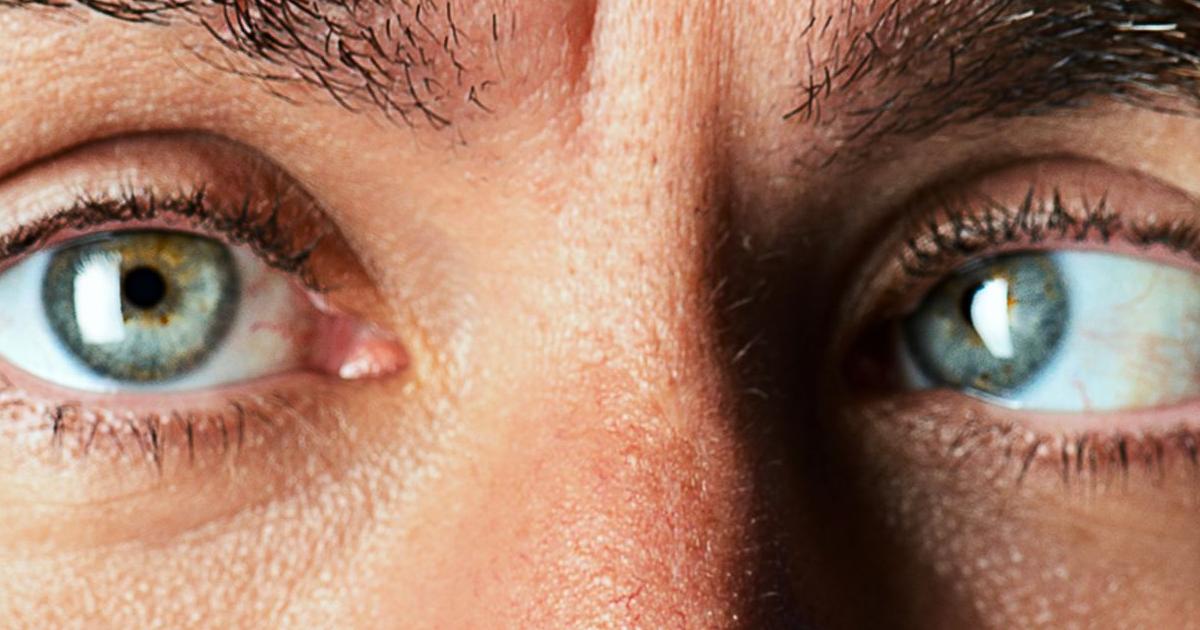What Complications Can Untreated Farsightedness Cause?
Farsightedness, also called hyperopia, is a common refractive error of the eye. This error makes nearby objects blurry and difficult to see, but far away objects clear, though the degree to which this occurs does vary. Farsightedness happens when the individual has a short eyeball, an abnormally shaped cornea, or a deformed lens. A routine eye exam can detect if an individual has farsightedness and what degree of treatment they will need. Treatment in most cases will require corrective eyeglasses, contact lenses, or a corrective surgical procedure. Some individuals may not realize they have farsightedness, causing the condition to go untreated, and become progressively worse with age. Numerous complications can result from untreated farsightedness, some of which can be dangerous.
Strabismus

Strabismus or crossed eyes is a condition where the eyes are not correctly aligned with each other. This means they do not correctly coordinate with each other to look at an object. One eye may turn upward or downward, or one eye may look inward or outward. Crossed eyes can be an intermittent condition that only occurs occasionally, or it can be a constant condition. The type of strabismus that develops as a result of untreated farsightedness is called accommodative esotropia. The focusing system that does not work properly in individuals with farsightedness is closely linked to the system that controls where the eyes are pointing. An individual with untreated farsightedness will focus extra hard to keep the images of what they are looking at clear. Often, this can result in the eyes turning inward toward each other. Symptoms that will manifest in patients with untreated farsightedness resulting in accommodative esotropia include the covering or closing of one eye when focusing on nearby objects, turning or tilting of the head, and seeing double images. Crossed eyes can be treated by corrective lenses, prism lenses, vision therapy, or eye muscle surgery.
Keep reading to learn more about the complications of untreated farsightedness now.
Increased Safety Risk

There are many ways in which untreated farsightedness can pose an increased safety risk. Not only will the patient be a safety risk to themselves, but they will also be a safety risk to others. The most compelling example of this is when an individual who has farsightedness attempts to operate any kind of vehicle. Their inability to see objects within close proximity to them can result in impairment of their perception of how much space is between them and another vehicle, pedestrian, or another object. Additionally, the individual will be straining to read what signs and other signals say, and this can cause distracted driving. Another example of how a patient with farsightedness can be a safety risk is when they are using a hot appliance such as a stove, oven, or a grill. They may not be able to see exactly what they are touching when these appliances are very hot. As a result, the individual can burn themselves, or they could knock a hot object off of the appliance and burn someone else. These are just a few examples, however, as there are thousands of ways in which an individual's untreated farsightedness can result in harm to themselves and others around them.
Discover more complications of untreated farsightedness now.
Elevated Eyestrain

Eyestrain is a term used to describe a range of general symptoms associated with overuse of the eyes. The eyes can get easily fatigued from intense use. Activities that constitute intense use include driving for extended periods, working on the computer, or reading. Any discomfort an individual may experience as a result of looking at a particular object for an extended period can be characterized as eyestrain. When someone has untreated farsightedness, it will result in elevated eyestrain on a regular basis. This happens because the patient is not able to properly focus on nearby objects, and they attempt to clear up the image by excessively squinting. Redundant squinting and moving of the eye due to the patient struggling to see correctly will lead to fatigued eye muscles. In addition, a patient struggling to see correctly will unconsciously constrict the muscles of their face, temples, eyelids, and jaw. Overuse of those muscles and the muscles that function to move the eyeballs can lead to an ongoing cycle of the patient continuing to tense these muscles. Furthermore, when performing visually tedious tasks like reading small print or driving long distances, the eyes do not blink as often as they need to. This causes dryness and irritation on top of the muscle strain associated with untreated farsightedness.
Get the details on more complications of untreated farsightedness now.
Amblyopia

Amblyopia (lazy eye) is a condition where one eye is able to focus considerably better than the other eye. Over time, this causes the nerve and muscles that move one eye to work incorrectly, and this makes that eye look lazy or inactive in terms of movement and function. The type of amblyopia caused by untreated farsightedness is called a refractive lazy eye. This condition is best described as the eyes having two different degrees of refractive errors, which most often includes farsightedness. This type of lazy eye develops because the patient's brain depends upon the image produced by the eye with less of an uncorrected refractive error. This results in the individual's brain tuning out the blurred image produced by the other eye, leading to general disuse of that eye, and disuse causes adverse effects on the muscles and nerves controlling it. When the muscles and nerves that move the eye no longer know how to work correctly due to being stagnant for a time, the eye is considered a lazy eye. The refractive error in the lazy eye will continue to worsen because the eye no longer exercises any effort to focus on objects. The treatment of refractive lazy eye involves the correction of the refractive errors in both eyes, and it usually will require some extent of wearing a patch over the non-lazy eye.
Uncover more complications of untreated farsightedness now.
Glaucoma

Glaucoma is a condition of the eye where the optic nerve becomes damaged, and this damage progressively worsens over time. This usually happens as a result of built-up pressure within the eye. Eyes that are smaller can develop a form of this condition called angle-closure. This occurs when the location where fluid would normally drain out of the eye between the cornea and iris becomes too narrow, significantly slowing or blocking the movement of fluid out of the eye. The accumulation of this fluid results in the acute buildup of pressure within the eye, causing injury to the optic nerve responsible for transmitting images an individual sees to their brain. The injury happens because the pressure causes the death of some of the optic neuron cells or ganglion cells. The reason why patients who have untreated farsightedness tend to develop angle-closure is farsighted eyes are typically smaller in stature. Small eyes have narrow angles and shallow anterior chambers. Untreated farsightedness can exacerbate the effects these characteristics have on the individual's vision, including the development of optic nerve injury from excessive eye pressure.